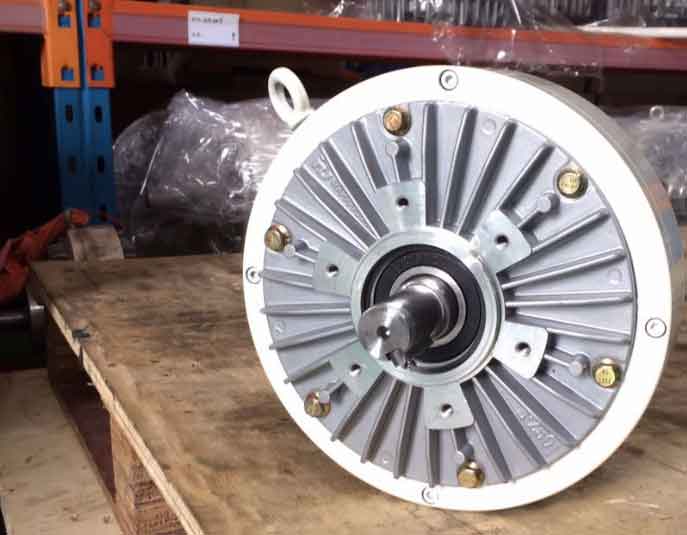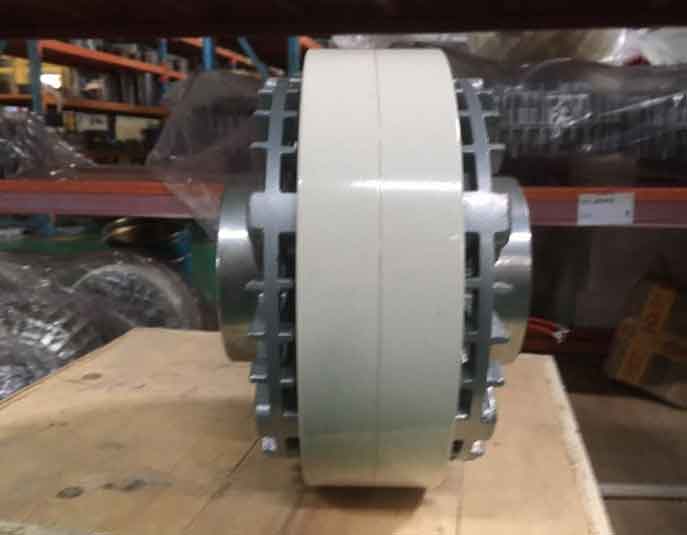Magnetic Particle brakes are commonly used in industries such as printing, packaging, and textile manufacturing. They work on the principle of controlling torque through the application of magnetic fields to a Particle-filled chamber. When a magnetic field is applied, the Particle particles align, creating friction and transmitting torque. This controlled friction allows for precise tension and torque regulation.
Magnetic Particle brakes play a crucial role in various industrial applications, providing precise control over tension and torque. However, one often overlooked factor that can significantly impact their performance is the surface temperature.
The Role of Temperature
Temperature plays a significant role in the performance of magnetic Particle brakes. The surface temperature of the brake can influence its efficiency and reliability in several ways.
Viscosity Changes
Temperature affects the viscosity of the magnetic Particle within the brake. As temperature increases, the Particle’s viscosity decreases, leading to reduced friction and torque transmission. Conversely, lower temperatures increase viscosity, potentially causing excessive friction and decreased tension control. Therefore, maintaining a consistent surface temperature is vital to ensure the brake functions as intended.
Thermal Stability
Magnetic Particle brakes must operate within a specific temperature range to maintain thermal stability. Extreme temperature variations can cause thermal expansion and contraction of components, potentially leading to mechanical stress and premature wear. Maintaining a stable surface temperature helps extend the lifespan of the brake and reduces the risk of costly downtime for maintenance.
Monitoring Surface Temperature
Now that we understand the importance of surface temperature, let’s explore how to monitor and control it effectively.
Temperature Sensors
Temperature sensors, such as thermocouples or infrared sensors, can be integrated into magnetic Particle brakes to continuously monitor surface temperatures. These sensors provide real-time data, allowing operators to make adjustments as needed to keep temperatures within the optimal range.
Cooling and Heating Systems
In some applications, it may be necessary to install cooling or heating systems to regulate surface temperatures. Cooling fans, heat sinks, or resistive heaters can be added to maintain the desired operating temperature, ensuring consistent brake performance.
Implications of Neglecting Surface Temperature
Failing to monitor and control surface temperature can lead to various issues in industrial processes.
Inconsistent Tension
Temperature fluctuations can result in inconsistent tension control, leading to product defects and production delays. Maintaining a stable surface temperature is essential for achieving consistent and high-quality output.
Premature Wear
Excessive temperature variations can accelerate wear and tear on magnetic Particle brakes. This can lead to increased maintenance costs and reduced equipment lifespan, negatively impacting overall productivity.
Conclusion
Surface temperature is a critical factor that should not be overlooked when using magnetic Particle brakes. Temperature variations can affect the efficiency and lifespan of these crucial components, potentially leading to production issues and increased maintenance costs.
By monitoring and controlling surface temperature through the use of sensors and temperature-regulating systems, industries can ensure the optimal performance of magnetic Particle brakes and maintain consistent product quality. Investing in temperature management for magnetic Particle brakes is an investment in the reliability and efficiency of industrial processes.

